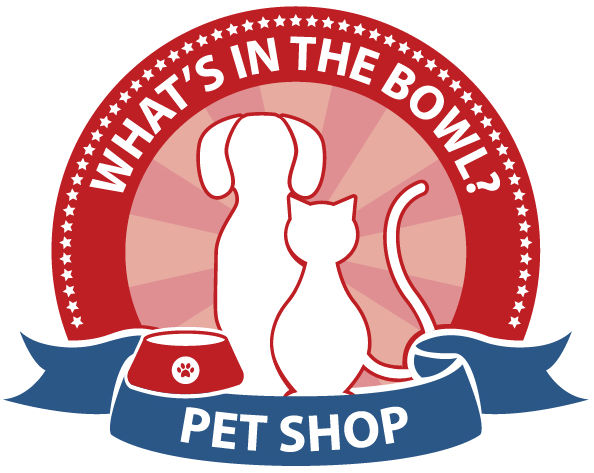The Importance of Taurine
for Dogs and Cats
By Dr. Jean Hofve, Holistic Veterinarian
Back in the 1970s, thousands of dogs and cats were mysteriously dying due to a form of heart failure called dilated cardiomyopathy. At the same time, there were reports of cats going blind that were often associated with cats being fed dog food. But within a few years, the same problems were discovered in cats eating a “premium” cat food sold by veterinarians. Finally, in the late 1980s, the problem, in cats at least, was traced to the deficiency of a basic amino acid called taurine.
There are 22 amino acids, the basic building blocks of protein. Animals can manufacture many of them in their liver, but some must be obtained in the diet—these are called “essential.” In humans and dogs, taurine is not essential, but it turned out that in cats, it is. Taurine is found primarily in muscle meat, and is completely absent in cereal grains. The lack of taurine in the diet caused serious eye and heart diseases to develop.
But what happened to the cat food? Thousands of cats had been eating the same “complete and balanced” cat food since it came on the market in the 1960s, so why should they suddenly start dying a decade later?
The answer lies in a part of the history of pet food that the big manufacturers don’t want you to know.
Before WWII, more than 90% of commercial pet food came in cans, and contained mostly meat. However, metal was needed for the military, and by the time the war ended, 85% of pet food was dry kibble. It still contained a good amount of meat, and this is what prevented taurine deficiencies from occurring.
The primary mechanism for producing what is familiar to us today as dry food is called an extruder; it was introduced in the 1950s. However, to get the right crunchy texture, the recipe called for a higher proportion of starch. This started the trend of ever-increasing quantities of cereal grain, such as corn, in dry foods. At the same time, meat processors were getting more proficient at getting more meat from livestock carcasses. Less meat was available (and what was available was getting more expensive), so pet food makers substituted other animal tissues leftover from slaughter, officially called “by-products.” Over time, the result was a high-grain, low-meat dry food, for which the profit margin was—conveniently—much higher than for canned food.
“Taurine is found primarily in muscle meat, and is completely absent in cereal grains. The lack of taurine in the diet caused serious eye and heart diseases to develop.”
Unfortunately, cats were about to pay for the pet food companies’ profits with their lives. With virtually no muscle meat in even the premium dry foods of that period, cats eating that food were missing crucial taurine, and suffered the consequences of corporate greed as sickness, blindness, and death.
When studies fingering taurine deficiency as the cause of these ailments were published, pet food manufacturers hastened to supplement taurine in their diets. Curiously, because bacteria in the cat’s digestive system evidently prefer canned food to dry, they needed to put three times more taurine in canned food than dry. The problem disappeared, and everyone lived happily ever after…or did they?
Because dogs make their own taurine from other amino acids, it’s been thought that they didn’t need such supplements. But in the last few years, researchers have discovered that a few dogs evidently can’t supply their own taurine needs; at least not on a diet of cereal grains and by-products. Certain lines of spaniels, retrievers, and particularly Newfoundlands developed the same form of heart disease that was killing cats. Now, this disease is actually pretty common among dogs of all breeds, but what was interesting about these particular dogs was that supplementing taurine could reverse their heart disease. As it turned out, many of these dogs were eating lamb and rice dog foods. Lamb meat has a relatively low level of taurine compared to chicken, the most common pet food protein. (Beef, venison, and rabbit are also much lower in taurine than poultry.) Consequently, a few pet food makers have started to supplement taurine in some (but not all) their dry dog foods.
However, the basic reason remains the same for dogs as cats: there isn’t enough real meat in the food to sustain a meat-eating predator like a dog or cat. The vast majority of dry pet foods out there contain little or no real meat, but instead use cheaper substitutes like grain proteins (corn gluten, wheat gluten, soy protein), and by-products such as meat and bone meal.
Here at Only Natural Pet Store, we stock only the best natural pet foods. You won’t find any low-end foods full of by-products here, so you can be confident that your pet is getting the best nutrition available. Shop now for your dog or cat!
While all processed cat foods and some dog foods are supplemented with taurine, in some cases more might actually be better. Taurine is a helpful and valuable supplement for pets with liver disease, seizure disorders, and Type I diabetes (the most common form in dogs).
Here are some products that contain extra taurine:
Only Natural Super Daily Feline Vitamins
Missing Link Feline Formula

